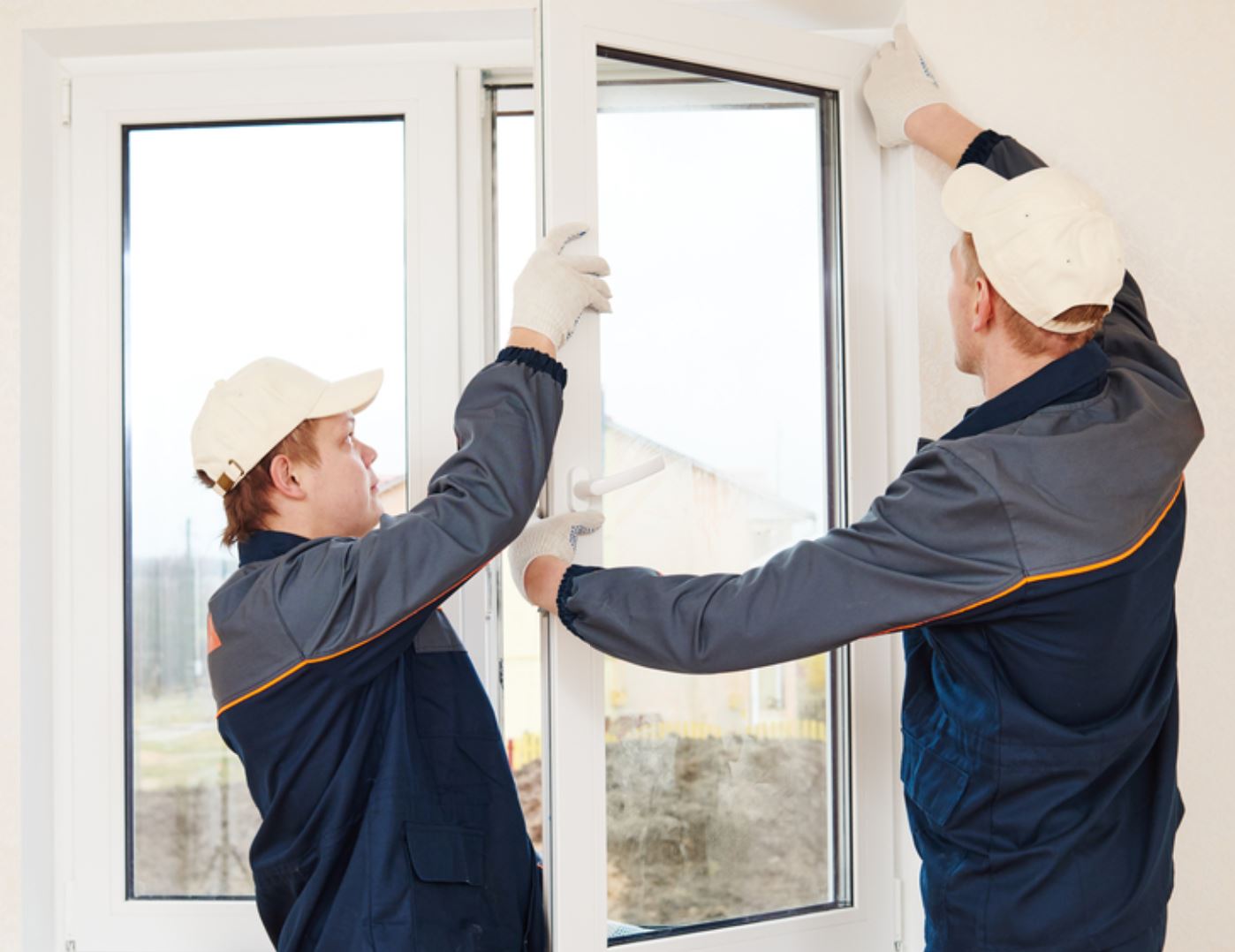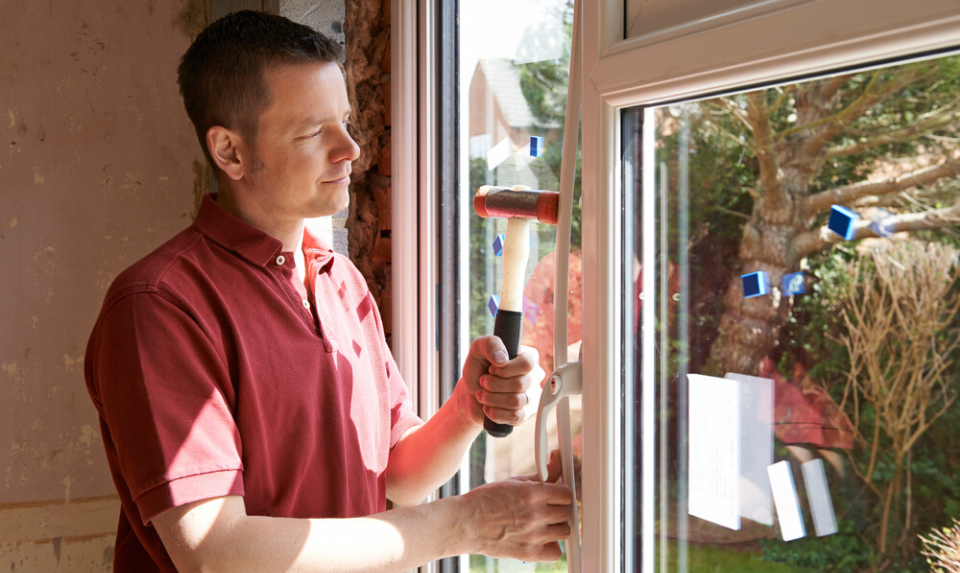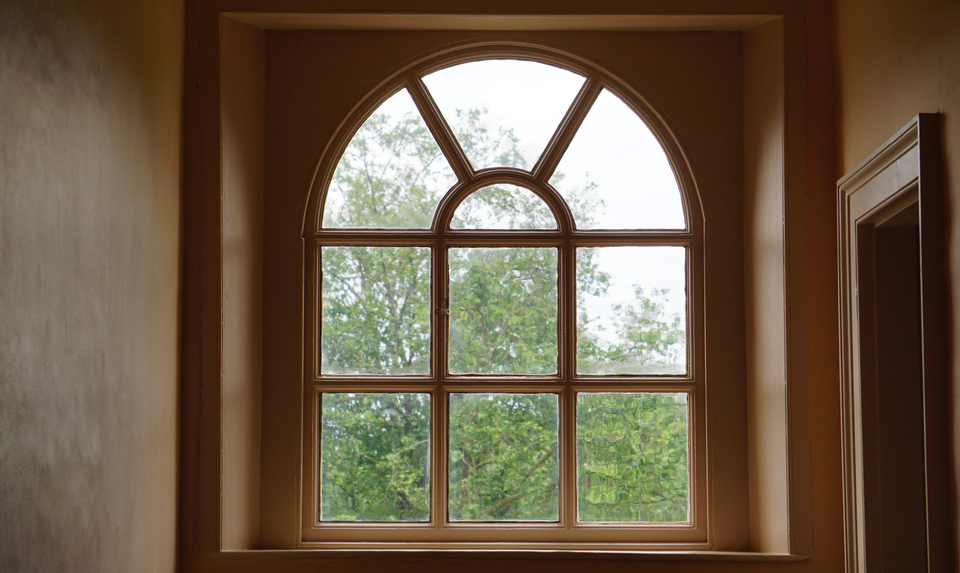
Gone are the days when a homeowner’s attention in windows was limited to whether they could get fashionable window options. Nowadays, energy-conscious homeowners yearn to reduce the costs of heating and cooling their residence, and selecting the correct windows is a critical step.
So how far do you have to go when choosing energy-efficient windows? This guide knows what window upgrades will give you the best bang for your money without delivering a blow to your bank account.
There are four factors to think about when selecting energy efficient windows: frame, glass, design and installation.

Frames for Energy Efficient Windows
Most individuals are aware that a wood frame is not as much prone to heat and cold shift than an aluminium one, while metals conduct temperature effortlessly than wood. But that does not mean wood is always the finest choice for a utility-bill-friendly window. There are a range of materials offered for window frames, and each has positive and negative features. It’s up to you to choose what is best for your fashion and your finances.
Vinyl
Since vinyl is a less costly material doesn’t suggest it has to be “cheap.” A well-constructed, appropriately installed vinyl window can be a convenient choice: budget-wise while still providing excellent energy efficiency measures through insulated glass and tight structure that decrease air leakage. Vinyl energy efficient windows can be limited in colour choices; however, the fact remains that a number of individuals simply do not like the appearance of vinyl on their residence.
Wood
Wood windows give the best insulation value, even if they also need more maintenance than vinyl, wood-clad or aluminium frames. Because of the possibility for rot, they may not be the most excellent choice for extremely humid or rainy environment. A well-built wood window can stand the test of time, yet: many unique wood windows in older homes are still in excellent shape thanks to the high-quality cut and type of wood used.
Aluminium
Although not the top-performing material in terms of heat transfer and loss, aluminium windows are convenient in rainy, humid climates, and they meet strict coastal construction codes in hurricane-prone areas thanks to their strength.
Wood-Clad

Wood-clad windows seemingly provide the best of both worlds: a low-maintenance outer (usually vinyl or aluminium) encasing a temperature-transfer-resistant wood centre. But Jim DeLa Plaine, director of operations for Building Engineering-Consultants, Inc. of The Woodlands, Texas, cautions next to these windows for wetter climates. Jim made clear that clad windows can be weak to water intrusion, which can cause rot, especially in the sills and jambs, where water is likely to pool. He stated that proper set up of wood-clad windows have to consist of use of waterproof rubber membranes on the cladding and a stand-alone flashing assembly called a sill pan. The sill pan drains water that gets inside the window sills and jambs, reducing moisture intrusion (that result wood’s wear and tear).
You should not have to look much more than a window’s glass to know what the unit’s effectiveness features are. All windows in the voluntary Energy Star program will include a sticker on them with ratings from the National Fenestration Rating Council (NFRC). To become certified for Energy Star status, window manufacturers needs meet standards on these two main metrics:
- U-value: measures a window unit’s opposition to heat loss
- Solar Heat Gain Coefficient (SHGC): measures how much heat goes through a home through the glass.
- For both U-Value and SHGC, the lesser the number, the better the window should carry out.
Designed for Efficiency
A number of window designs are naturally more efficient than others. The most familiar types:
Double-hung windows: These are long-established units in a lot of homes across the country, and they’re especially familiar in pre-war buildings. With double-hung windows, the bottom slides up to unlock the unit. They can be efficient options, but in really intense climates, they may not be an excellent option because of the possible air intrusion between the sliders.
Casement windows: useful in climates where wind is a concern, these units, which have a crank that sway the window outward to open, in fact seal themselves off tighter when wind blows in toward the house. They do need repairs on hinges and seals, but, guarantee their continued stability and efficiency.
Picture windows: These normally don’t open and come in a lot of different shapes and sizes, but that doesn’t indicate they can’t be efficient — glass choice and gas-filled interiors are especially vital in these big units.
Sealed From the Elements
Finally, do not ignore the value of accurate installation. Even the most costly window unit won’t perform efficiently if it’s not set up correctly. Jim says to be wary of any contractor who relies too heavily on intensifying foams or sealants to get a window to fit well — these materials aren’t waterproof and can lead to inconvenience down the road. Pre-installation waterproofing, frequently completed long before windows are set up, is the best option, he says.
Flashing and correct caulking may be the cheapest parts of energy efficient windows set up, but if they’re not done with an eye to detail, the resulting water leaks will cause a stream of issues that could have been simply prevented.